Color is a fundamental aspect of our visual perception, and it plays an essential role in many areas of design, art, and communication.
Colors are often referred to by name, such as red, blue, and green.
However, in the digital world, colors are represented by hexadecimal codes, or hex codes for short.
Hex codes are six-digit codes that represent the intensity of three primary colors: red, green, and blue (RGB) on a scale of 0 to 255.
By combining different values for each of the primary colors, it is possible to create millions of different colors.
In this article, we will delve into the world of hex codes and explore some of the most commonly used color names and their corresponding hex codes.
Common Color Names and Hex Codes:
Here is a table showing some of the most common color names and their corresponding hex codes:
| Color Name | Hex Code | |
|---|---|---|
| Red | #FF0000 | 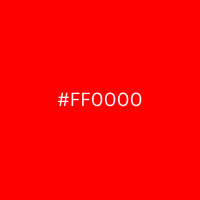 |
| Blue | #0000FF | 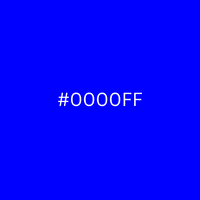 |
| Green | #00FF00 | 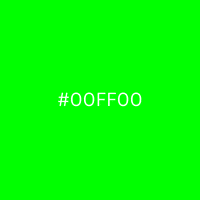 |
| Yellow | #FFFF00 | 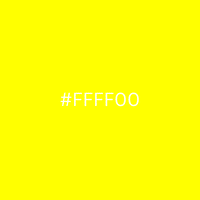 |
| Purple | #800080 | 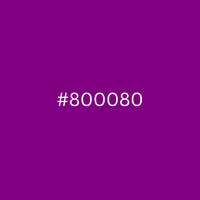 |
| Pink | #FFC0CB | 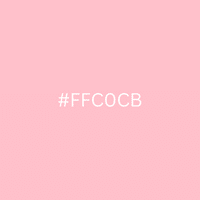 |
| Orange | #FFA500 | 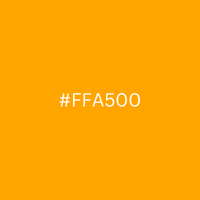 |
| Brown | #A52A2A | 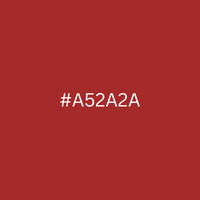 |
| Black | #000000 | 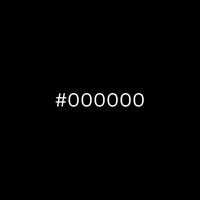 |
| White | #FFFFFF | 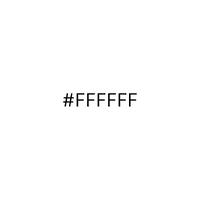 |
As you can see from the table, each color name has a corresponding hex code. For example, the color red has a hex code of #FF0000, which means that it is made up of 255 units of red, 0 units of green, and 0 units of blue.
Using Hex Codes in Design:
Hex codes are widely used in design, particularly in web design, as they provide an easy and accurate way to specify colors. By using hex codes, designers can ensure that colors are consistent across different devices and platforms.
In addition, hex codes can be used to create a wide range of color variations. By adjusting the intensity of the primary colors, it is possible to create different shades, tints, and hues. For example, by increasing the intensity of blue and decreasing the intensity of red and green, it is possible to create a range of different shades of blue.
Creating Your Own Color Names:
While there are many standard color names and hex codes, it is also possible to create your own color names and hex codes. This can be useful if you want to create a specific color scheme or brand identity.
To create your own hex code, you will need to use a color picker tool. This tool allows you to select a specific color and then provides you with the hex code for that color. Once you have the hex code, you can then use it to specify that color in your design.
When it comes to naming your own colors, there are no hard and fast rules. You could choose a name that is descriptive of the color, such as “sky blue” or “leaf green,” or you could choose a name that reflects the emotion or mood that the color evokes, such as “serenity” or “joy.”
Conclusion:
In conclusion, hex codes provide an easy and accurate way to specify colors in digital design. By using hex codes, designers can ensure that colors are consistent across different devices and platforms. Furthermore, by creating your own hex codes and color names, you can create a unique color scheme that reflects your brand or design style.